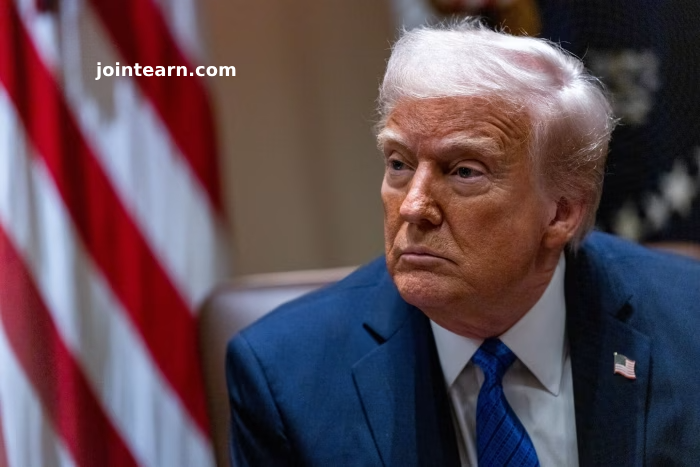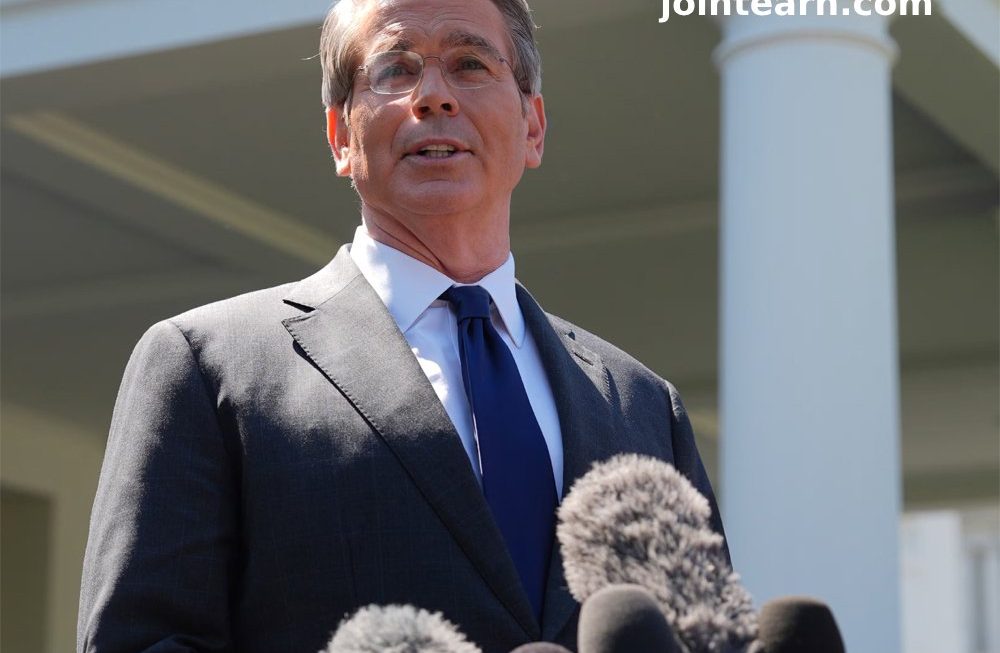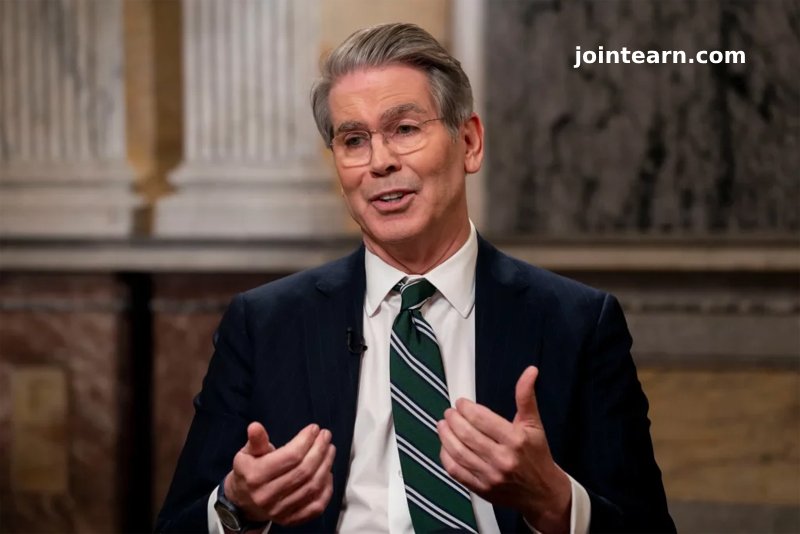President Donald Trump has signed a new executive order aimed at reinstating historical monuments and eliminating what he calls “anti-American ideology” from federal institutions, including national museums and cultural centers.
Restoring Monuments & Reshaping Historical Narratives
The White House described the order as a move to “restore truth and sanity to American history,” targeting changes made during recent social justice movements. The directive specifically instructs the Secretary of the Interior to reinstall statues and memorials that were removed over the past five years due to concerns about their ties to racism and historical injustices.
During the 2020 protests following George Floyd’s death, numerous Confederate statues and monuments honoring pro-slavery figures were taken down. Trump’s order seeks to undo those removals, arguing that such actions distort history rather than preserve it.
Targeting ‘Divisive’ Content in Museums
The executive order also mandates the removal of “improper, divisive, or anti-American ideology” from institutions such as the Smithsonian, the National Zoo, and other federally funded cultural centers. This includes exhibits addressing systemic racism and those celebrating LGBTQ+ rights, which Trump’s administration claims promote a skewed perspective of American history.
“The prior administration pushed a divisive ideology that reconstrued America’s promotion of liberty as fundamentally flawed,” the order states, accusing past leadership of distorting historical narratives.
Biden’s Stance vs. Trump’s Vision
During his presidency, Joe Biden supported the removal of Confederate statues from public spaces, advocating for their placement in museums dedicated to historical education. Trump’s new order takes the opposite stance, aiming to reinstall controversial monuments in their original locations.
Trump’s Rapid Use of Executive Orders
Since returning to office, Trump has issued over 100 executive orders in just two months—far surpassing his recent predecessors. Executive orders allow a president to enact policy without Congressional approval, making them a powerful tool for rapid policy shifts.
This latest move signals Trump’s continued push to reshape American historical narratives and redefine the cultural landscape of federal institutions. However, it is expected to spark significant debate over historical accuracy, public memory, and the role of monuments in modern America.












